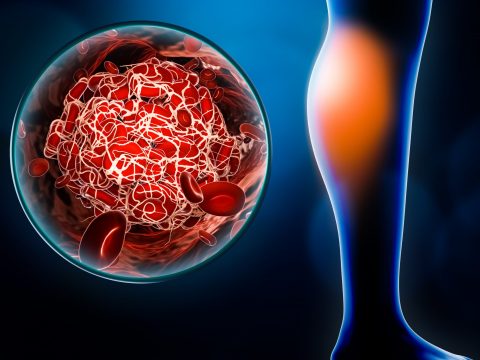Functional PVD:
Functional PVD occurs when there is no physical damage to the structure of the blood vessels. Instead, the vessels spasm in response to stimuli, such as temperature changes. This narrowing causes the blood flow to decrease.
Organic PVD:
Organic PVD occurs when the blood vessels’ structure changes or is damaged due to atherosclerosis, which is plaque buildup and inflammation.
Symptoms of Peripheral Vascular Disease
Leg pain is one of the most common symptoms of PVD. The pain usually occurs when walking or climbing stairs. Other symptoms of PVD include:
- Buttock pain
- Numbness, tingling or weakness in the legs
- Loss of hair on the legs
- Impotence
- Burning or aching pain in the feet or toes
Causes of Peripheral Vascular Disease
Functional PVD
The most common causes of functional PVD are:
- Stress
- Cold temperatures
- Drugs
- Vibrations from machinery
Organic PVD
The most common causes of organic PVD are:
- High blood pressure
- Diabetes
- High cholesterol
- Smoking
Treatments for Peripheral Vascular Disease
Treatment for peripheral vascular disease aims to stop the disease from progressing and to help you manage your pain and symptoms. The first line of treatment typically involves lifestyle changes, such as eating a balanced diet, exercising regularly and quitting smoking.
If these lifestyle changes are not enough, you may need medication. Common medications for PVD include cilostazol, clopidogrel or aspirin, angiotensin-converting enzyme (ACE) inhibitors, and/or diabetes medication.
The medical team at Advanced Heart and Vein Center is experienced in the prevention, diagnosis, and treatment of peripheral vascular diseases, including peripheral artery disease. If you think you have peripheral artery disease, schedule your appointment today.

